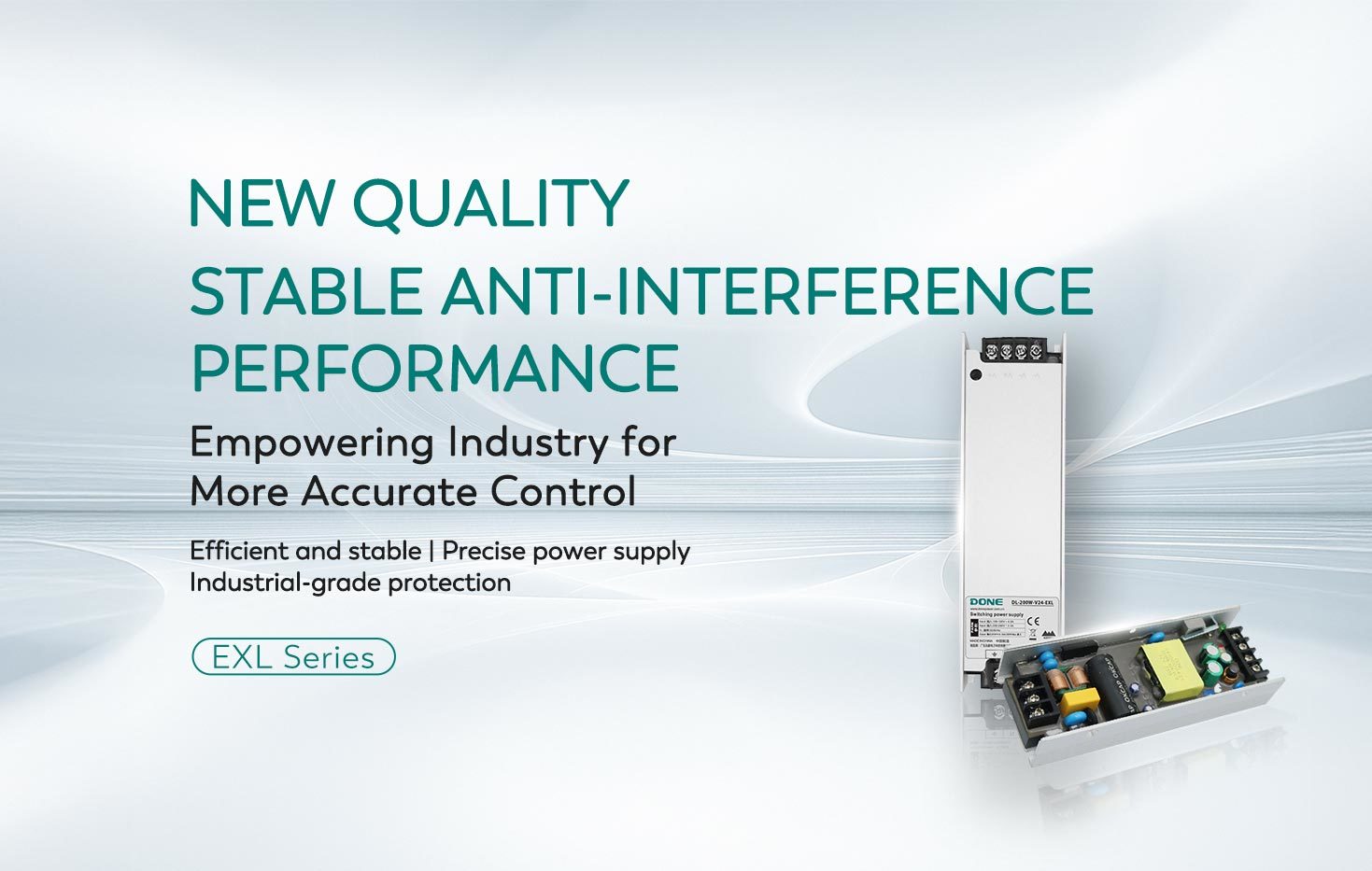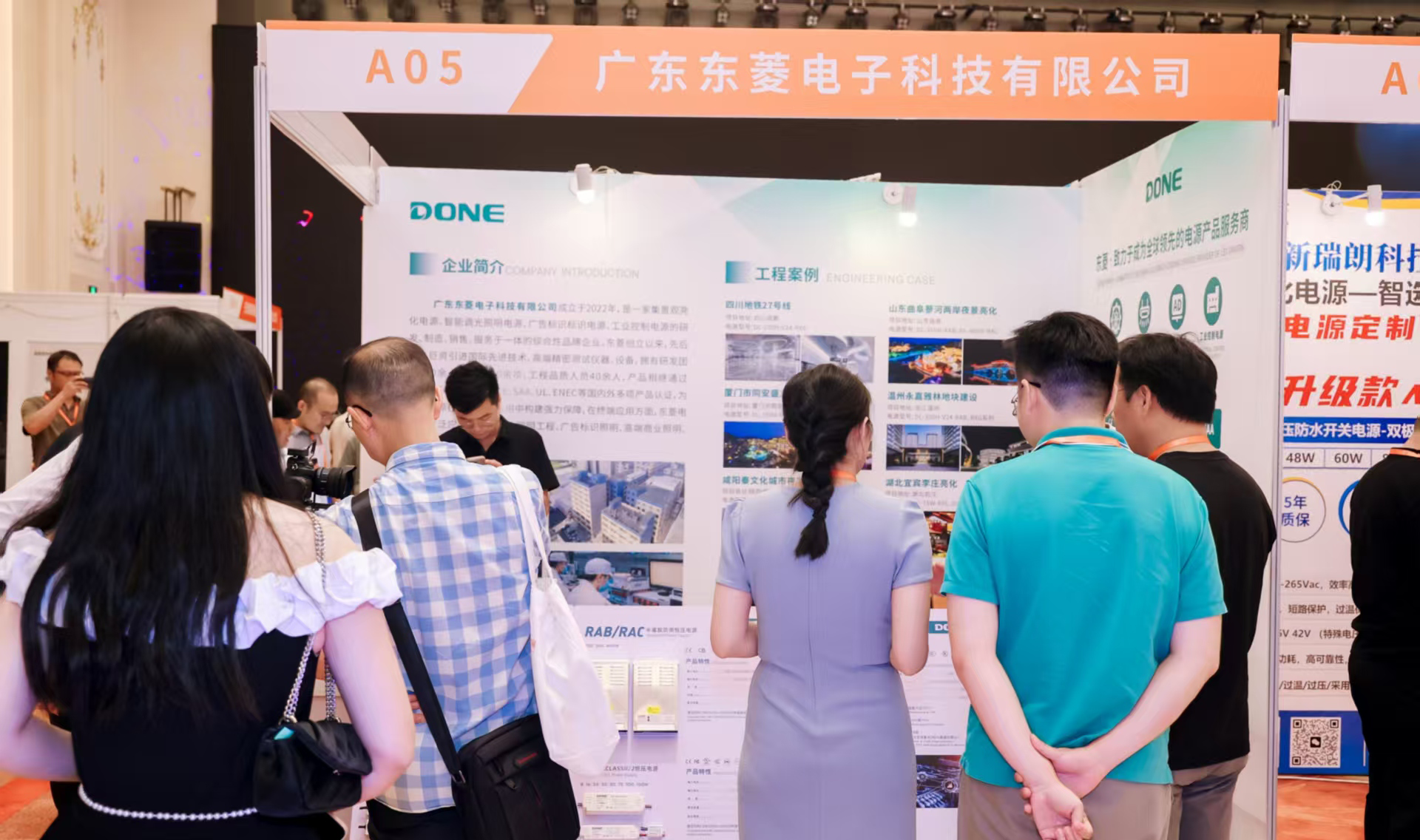Essential Guide to LED Power Supplies: Understanding Their Role in LED Lighting
2025-10-13
LED power supplies are an integral component of LED lighting systems, playing a vital role in ensuring optimal performance, efficiency, and longevity of LED bulbs and fixtures. Unlike traditional lighting systems that utilize incandescent or fluorescent bulbs, LEDs require a specific power supply to operate effectively. This necessity arises from the unique characteristics of LED technology, which
LED power supplies are an integral component of LED lighting systems, playing a vital role in ensuring optimal performance, efficiency, and longevity of LED bulbs and fixtures. Unlike traditional lighting systems that utilize incandescent or fluorescent bulbs, LEDs require a specific power supply to operate effectively. This necessity arises from the unique characteristics of LED technology, which operates on direct current (DC) rather than alternating current (AC) typically found in household electrical systems.
At its core, an LED power supply, often referred to as an LED driver, serves to convert the incoming AC voltage from the electrical grid into a stable DC voltage that the LED can use. This conversion is essential because LEDs are sensitive to voltage fluctuations and variations. A properly designed power supply will regulate the current flowing to the LED, preventing damage due to overcurrent and ensuring consistent brightness.
There are two primary types of LED power supplies: constant voltage and constant current drivers. Constant voltage drivers maintain a steady voltage output, making them suitable for applications where the LED fixtures are designed to operate at a specific voltage level, such as 12V or 24V systems. On the other hand, constant current drivers adjust the output current to ensure that a consistent current flows through the LED, which is vital for applications where varying LED resistance changes with temperature or age. Understanding the difference between these types is crucial when selecting the appropriate power supply for your specific LED setup.
Moreover, modern LED power supplies are designed with energy efficiency in mind. They often include features such as dimming capabilities, thermal protection, and short-circuit protection, enhancing both the safety and lifespan of the lighting system. By minimizing energy loss and heat generation, these drivers contribute to lower electricity bills and a reduced carbon footprint, aligning with growing environmental concerns.
When selecting an LED power supply, it is essential to consider factors such as wattage capacity, efficiency ratings, input voltage range, and the environmental conditions of the installation site. Ensuring that the power supply matches the specifications of the LED system is critical to achieving optimal performance and reliability.
In conclusion, LED power supplies are more than just a simple accessory; they are a cornerstone of modern LED lighting technology. By understanding their functions and selecting the right type for your application, you can significantly enhance the effectiveness and durability of your LED lighting solutions. With the right LED power supply, your lighting systems can achieve not only optimal performance but also efficiency that benefits both the user and the environment.
At its core, an LED power supply, often referred to as an LED driver, serves to convert the incoming AC voltage from the electrical grid into a stable DC voltage that the LED can use. This conversion is essential because LEDs are sensitive to voltage fluctuations and variations. A properly designed power supply will regulate the current flowing to the LED, preventing damage due to overcurrent and ensuring consistent brightness.
There are two primary types of LED power supplies: constant voltage and constant current drivers. Constant voltage drivers maintain a steady voltage output, making them suitable for applications where the LED fixtures are designed to operate at a specific voltage level, such as 12V or 24V systems. On the other hand, constant current drivers adjust the output current to ensure that a consistent current flows through the LED, which is vital for applications where varying LED resistance changes with temperature or age. Understanding the difference between these types is crucial when selecting the appropriate power supply for your specific LED setup.
Moreover, modern LED power supplies are designed with energy efficiency in mind. They often include features such as dimming capabilities, thermal protection, and short-circuit protection, enhancing both the safety and lifespan of the lighting system. By minimizing energy loss and heat generation, these drivers contribute to lower electricity bills and a reduced carbon footprint, aligning with growing environmental concerns.
When selecting an LED power supply, it is essential to consider factors such as wattage capacity, efficiency ratings, input voltage range, and the environmental conditions of the installation site. Ensuring that the power supply matches the specifications of the LED system is critical to achieving optimal performance and reliability.
In conclusion, LED power supplies are more than just a simple accessory; they are a cornerstone of modern LED lighting technology. By understanding their functions and selecting the right type for your application, you can significantly enhance the effectiveness and durability of your LED lighting solutions. With the right LED power supply, your lighting systems can achieve not only optimal performance but also efficiency that benefits both the user and the environment.
LED power supply
Related Information
Contact Us
DONE Industrial Park, No.3, Kanglong 3rd Zhongshan,Guangdong,PR.
Get Free Quotes Now
SAF Coolest v1.3.1.1 设置面板 GAGSD-ZGYF-JFSAE-ZXQ
违禁词: 第一,最,一流,领先,独一无二,王者,龙头,领导者,极致,
无数据提示
Sorry,The current column is being updated!





